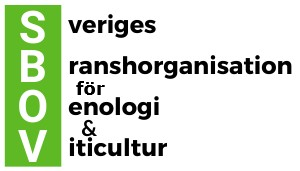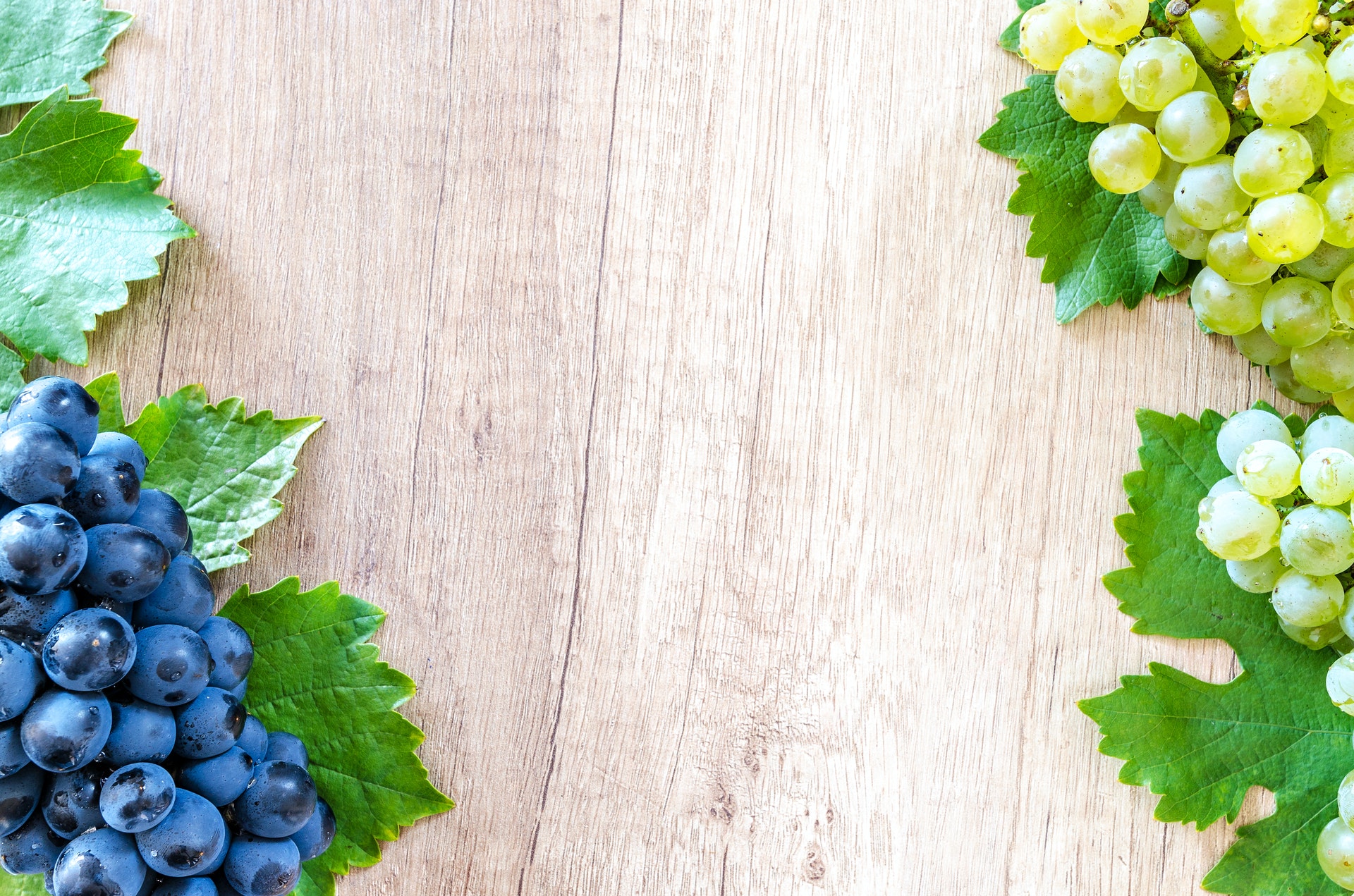Vi har gått ihop med Branchorganisationen Svenskt Vin
För att stärka samverkan och utvecklingen av svensk vinodling och vinproduktion har vi nu gått samman med https://svensktvin.se/
Vänligen besök deras hemsida för mer information och aktuella uppdateringar.

